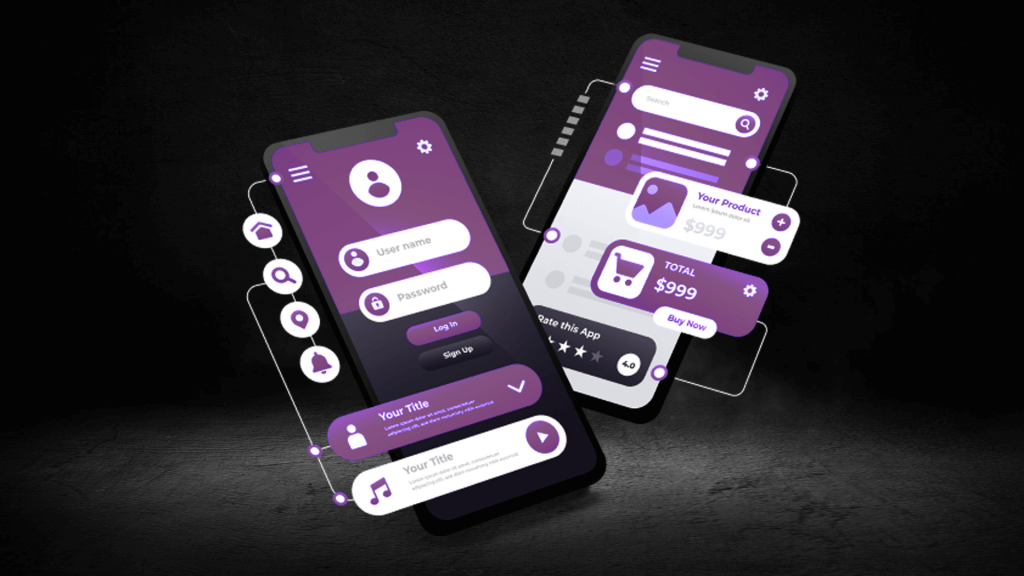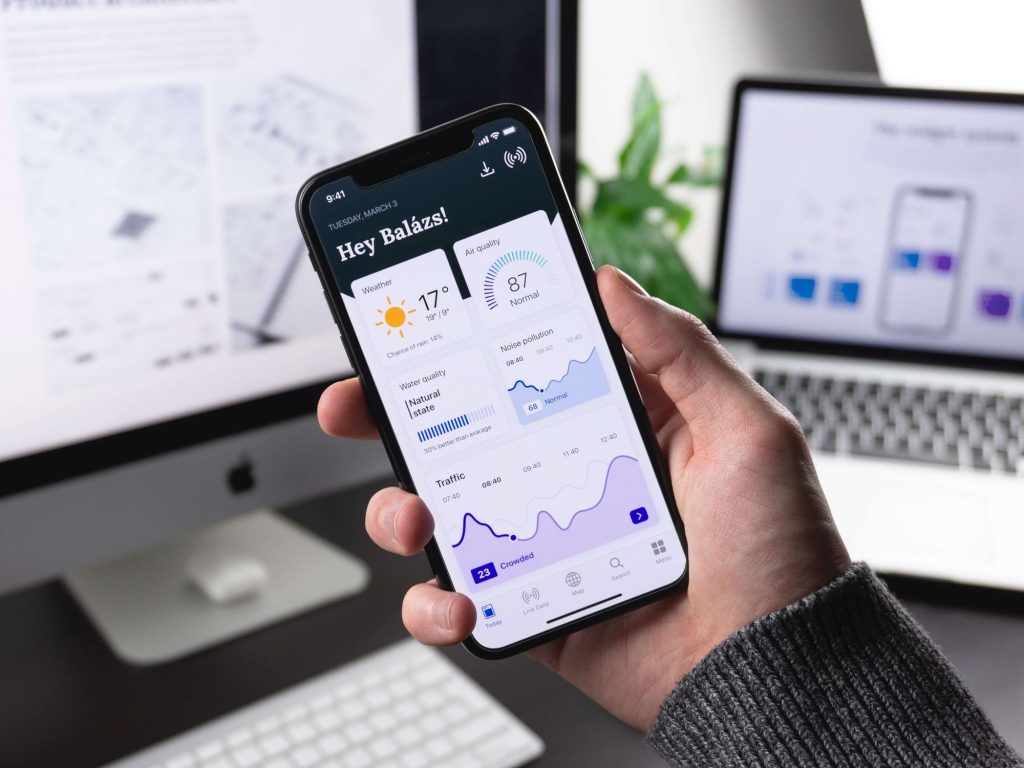So you have a brilliant app idea. Your first and most critical technical decision: which development approach do you take? The landscape is filled with options, each with passionate advocates. Let’s break down the realities beyond the marketing hype.

1. Native Development (Swift/Kotlin)
- The Gold Standard. You build separate apps for iOS (using Swift) and Android (using Kotlin/Java).
- Pros: Unbeatable performance, full access to all device APIs (camera, GPS, sensors), seamless look-and-feel that matches the OS, and best-in-class user experience.
- Cons: Highest cost and longest timeline (you’re building two apps), requires separate specialized skillsets.
- Ideal For: Performance-critical apps (games, complex AR), apps deeply integrated with device hardware, and companies with the resources to maintain two codebases.
2. Cross-Platform Frameworks (Flutter, React Native)
- “Write Once, Run Anywhere” (mostly). You write code in one language (Dart for Flutter, JavaScript for React Native) and compile it to run on both platforms.
- Pros: Drastically reduced development cost and time (~60-80% code reuse), single team and codebase, hot reload for faster development, large community.
- Cons: Slightly less performant than native (though the gap is closing), can lag behind in accessing the very latest OS features, may require “native modules” for complex tasks.
- Ideal For: Most business apps, MVPs, startups, and projects where speed to market and cost efficiency are paramount.
3. Progressive Web Apps (PWAs)
- Websites that act like apps. They run in a browser but can be “installed” on a home screen and work offline.
- Pros: No app store required (direct deployment), truly single codebase (the web), incredibly easy to update, smallest possible footprint, works across all devices.
- Cons: Limited access to device hardware, performance not on par with native, cannot be distributed in Apple/Google app stores (a major discovery hurdle).
- Ideal For: Content-driven and e-commerce sites, projects where discoverability via web search is key, and simple tools that need offline capability.
The Verdict: There is no single “best” choice. It’s a trade-off between performance, cost, time, and user experience. Choose the right tool for your specific project, team, and goals.
Which approach are you using for your current project and why? Share your experience!
#MobileDevelopment #iOS #Android #Flutter #ReactNative #PWA #SoftwareDevelopment #Tech
